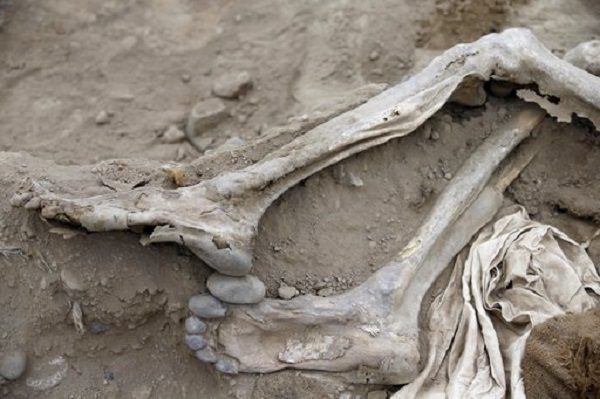It has been amusing to watch the
New York Times and other mainstream media outlets express their dismay over the rise and spread of "fake news." These publications take it as an obvious truth that what they provide is straightforward, unbiased, fact-based reporting. They do offer such news, but they also provide a steady flow of their own varied forms of fake news, often by disseminating false or misleading information supplied to them by the national security state, other branches of government, and sites of corporate power.
An important form of mainstream media fake news is that which is presented while suppressing information that calls the preferred news into question. This was the case with "The Lie That Wasn't Shot Down," the title of a January 18, 1988,
Times editorial referring to a propaganda claim of five years earlier that the editors had swallowed and never looked into any further. The lie - that the Soviets knew that Korean airliner 007, which they shot down on August 31, 1983, was a civilian plane - was eventually uncovered by congressman Lee Hamilton, not by the
Times.Mainstream media fake news is especially likely where a party line is quickly formed on a topic, with any deviations therefore immediately dismissed as naïve, unpatriotic, or simply wrong. In a dramatic illustration, for a book chapter entitled "Worthy and Unworthy Victims," Noam Chomsky and I showed that coverage by
Time,
Newsweek, CBS News, and the
New York Times of the 1984 murder of the priest Jerzy Popieluzko in Communist Poland,
a dramatic and politically useful event for the politicized Western mainstream media, exceeded all their coverage of the murders of a hundred religious figures killed in Latin America by U.S. client states in the post-Second World War years taken together.
1 It was cheap and safe to focus heavily on the "worthy" victim, whereas looking closely at the deaths of those hundred would have required an expensive and sometimes dangerous research effort that would have upset the State Department.
But it was in effect a form of fake news to so selectively devote coverage (and indignation) to a politically useful victim, while ignoring large numbers whose murder the political establishment sought to downplay or completely suppress.


Comment: Curiously, it's also similar to the Ukrainian fascist flag.